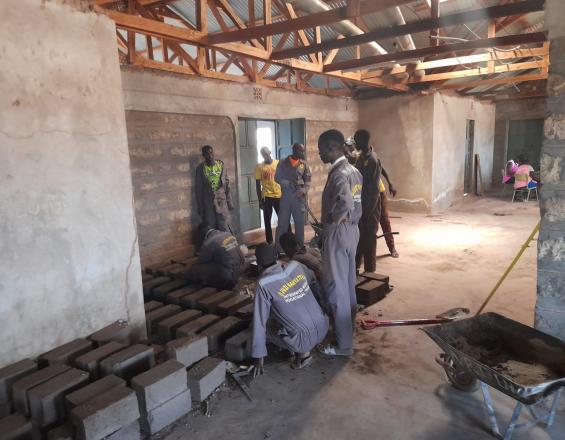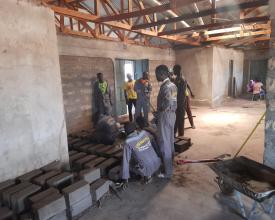
Increased population of the Beisa Oryx

The project’s overall objective was to protect and conserve the Beisa Oryx in Nakuprat-Gotu Community Conservancy in Northern Kenya through community buy in and stewardship. This was to be achieved through enhanced conservancy governance, improved wildlife monitoring and anti-poaching patrols by rangers, running conservation awareness programs within the community settlement areas and schools, sustainable land management, and providing alternative income streams for charcoal sellers and subsistence poachers. This project is part of the IUCN Save Our Species African Wildlife initiative, co-funded by the European Union.
Challenges that were addressed:
Poaching of the Beisa Oryx
Habitat destruction through the cutting of trees to produce charcoal
The Beisa Oryx population increased from a baseline of 719 at the beginning of the project to 881 after one year during the project. This was majorly because the project provided alternative livelihood options for community members through vocational training skills which dissuaded them
Impacts
There was an increase in the Beisa Oryx population from a baseline of 709 at the inception of the project to 881 after one year of project implementation.
The scaling up of farming activities learned from the school conservation clubs to community settlement level. Students from Attan Primary school transferred what they learned from the school conservation clubs about kitchen gardens to their villages and this has turned Attan village into one of the successful farming areas in that landscape. This has transformed the community from pastoralism to agro- pastoralism.
Through the vocational training program a total of 149 community members ( 75 Male and 74 Female) drawn from all the community settlement areas were able to get alternative livelihood options which helped to bring down cases of poaching and cutting down of trees to burn charcoal. Gender mainstreaming was also addressed through balanced representation during the vocational training program
